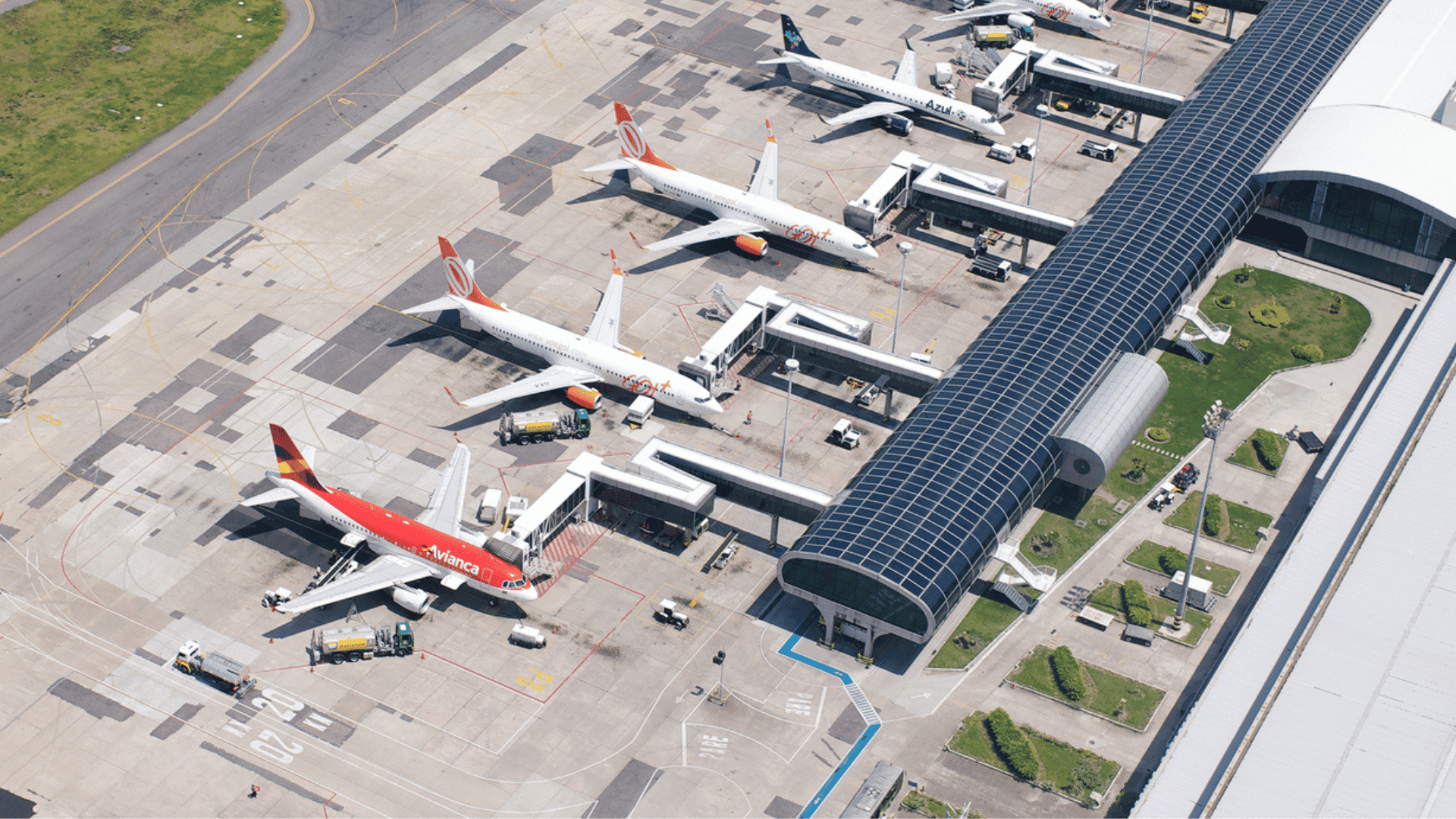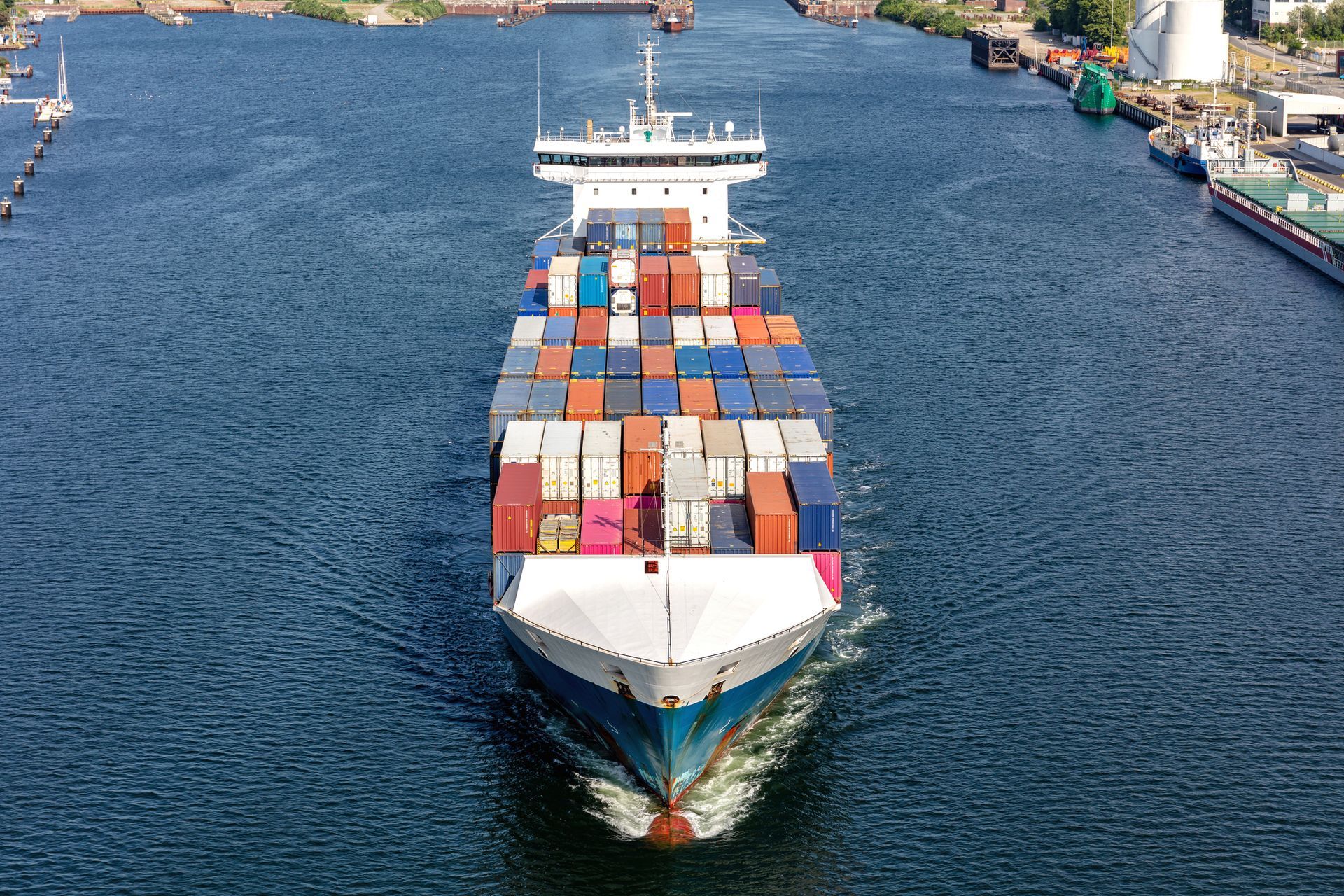
Imagine coming across the expression Air Waybill (AWB) right at the start of a new job, or even a new foreign trade procedure. In any career segment, while we are not yet familiar with the common terms, often in English, we tend to imagine that it is something difficult to understand or even complex to put into practice.
It is no different in relation to air cargo transportation, especially because there are several acronyms and many details to be filled in carefully and responsibly so that everything runs according to the rules and everyone is satisfied, from the negotiation to the receipt of the product by the importer.
If you are new to the segment, or if you are already working in the segment but have some doubts, rest assured and continue reading because you will see that, despite being detailed, there is nothing complex and, on the contrary, after a little training everything becomes as easy as it is routine.
However, although everything becomes simpler over time, this does not mean that there is room for carelessness, as any errors can cause significant financial losses, as well as difficulties in getting everything in order. In any case, one positive point is that if the documentation attached to the import or export process is not complete and in accordance with the guidelines, the cargo will not even leave its place.
So, let's find out what it is, how the entire process works and what documents are required to fill out the Air Waybill.
What is Air Waybill?
The English term “Airway Bill” means Air Waybill, abbreviated by the acronym AWB.
It is a contract for the transportation of goods signed between the airline and the person responsible for the cargo. The latter is usually the freight forwarder, who is also one of Allink’s main stakeholders. The AWB certifies the receipt of the cargo at origin, that is, that the exporter has delivered it to the airline and that the airline is already in possession of it (issuing the AWB does not imply that the cargo is already with the airline. The AWB is issued in advance so that the cargo can later be delivered to the airport warehouse and made available for loading by the airline).
The AWB contains all the details about the cargo and ensures tracking, through the airline’s tracking.
In short, the AWB is a transport document that accompanies goods sent by an air carrier and that grants enforceable rights and obligations to the parties. This document is a standard form, developed by the International Air Transport Association (IATA) and is essential in air transport.
What is the function of this document?
There is no doubt about the importance of the AWB for transport processes in foreign trade. However, it is also important to understand what it is used for, in other words, its functions.
The main function of the AWB is to indicate who is the owner of the cargo during import and export processes via international air freight. However, in addition to this, there are many others that we can mention:
Allows you to track the cargo using the AWB number
The AWB number is the essential information that enables cargo tracking, with route details and airport codes.
Proof of receipt
It is proof of receipt of the products by the airline - once signed, it is legal proof in case of any dispute.
Contact list
It contains complete contact details for the parties involved in the process. Many people find so much information unnecessary, but if they need to contact them, the document is the quickest place for anyone involved to find it.
Customs declaration
Essential for the Customs Declaration, one of the essential documents required by customs authorities to authorize the transportation of goods. Hence the care with the information required by the Federal Revenue Service.
It works as a transport contract
Lists the terms and conditions negotiated and agreed upon between the parties. The document that lists the agreement between the importer and exporter is the Commercial Invoice, which must include the Incoterm used in the shipment and defines the responsibilities of the parties. The AWB will reflect this agreement, through the prepaid or collect freight modality and the fees and services added, such as cargo collection at the exporter's plant, issuance of DUE (customs clearance), delivery of the cargo to the importer's plant, etc.
List of goods
Contains a list of goods, with details such as gross weight, quantity and dimensions of volumes, nature of cargo,
Freight
Attached to the supporting documents is an invoice with information about the charges for the shipping process.
Serves as a manual for shipping/delivering goods
It contains instructions on how to handle the cargo, whether it is dangerous, fragile, sensitive to high or low temperatures, or requires fumigation, for example.
Insurance certificate
The AWB is proof that the cargo is insured. It contains details about the coverage.
Learn about the types of AWB used
In everyday life we usually only talk about AWB, but there are three types of Air Waybill and e-AWB. Let's see below.
AWB (Air Waybill)
This international air waybill covers a specific load loaded individually on the aircraft and is issued for direct shipments.
MAWB (Master Air Waybill)
The MAWB is issued by the shipping agent for consolidated cargo (for direct cargo it is only AWB). This document describes the total amount of products received or shipped by the freight forwarder and delivered to the airline for shipment.
HAWB (House Air Waybill)
The freight forwarder issues this type of Air Waybill and it refers to a cargo that has been consolidated (when it has a HAWB, it will always be consolidated). In general, there are several houses for a single master. Since freight negotiation is done with the freight forwarder, it may happen that a single cargo has a MAWB and HAWB.
<<< Read also: How can an NVOCC speed up the process of consolidating and shipping your cargo? >>>
Difference between BL and AWB
An important and necessary point to highlight is the difference between the BL (Bill of Lading), which is most commonly used in the maritime and road sectors, and AWBs, which regulate air cargo transportation.
Air bills of lading (AWBs) are non-negotiable documents, meaning that the right to ownership of the cargo cannot be transferred to third parties, as is the case with Bills of Lading, which are negotiable and can be called documents of title or proof of ownership.
Data required to complete the AWB
The following information is essential for issuing an Air Waybill:
Name of the company issuing the document, in this case the freight forwarder or airline;
Data on the exporter and importer, complete and without erasures;
Packaging - carton boxes, pallets, big bags, cylinders or other;
Recommendations on handling and delivery;
Transportation cost and whether it will be paid by the exporter (prepaid) or importer (collect);
All airports: origin, destination, transit;
Number of packages;
Type of packaging;
Gross weight;
Taxed weight and dimensions of packages;
Form of payment for international freight (prepaid or collect), value and composition;
Date of issue;
Signature of the issuer.
There is also a summary of the description of the products: total value declared for transportation, which is optional, but important for complaints in case of damage or loss of merchandise; total value declared for customs, which is the commercial or reimbursement value of the merchandise. Note: The total value declared for customs must not be less than the total value declared for transportation.
With the exception of personal shipments, a commercial invoice must be made for all shipments. The terms and conditions of carriage are on the reverse side of the International Air Waybill.
Have you heard of e-AWB? Understand the new format
The electronic version of the AWB was announced by IATA, to be effective from January 2019. The e-AWB, an evolution of the traditional AWB, is packed with benefits such as:
Speedier processes;
Minimization of errors;
Reduced use of paper, saving the environment by reducing greenhouse gas emissions;
More accurate and reliable data;
Increased efficiency and confidentiality of processes;
Increased productivity - the company has centralized information in a single location, eliminating the need for a customer-focused team;
Better quality customer service.
According to experts in the field, full compatibility with the e-AWB will be one of the major benefits of implementing the future Air CCT.
Conclusion
Air transport is growing rapidly and, even so, it represents only a small portion of the international logistics market, compared to other modes such as land, water and rail.
Therefore, it requires constant improvement work that translates into rapid evolution in several areas, with monitoring and support from the various logistics sectors, with adequate infrastructure, to continue progressing.
With the advent of the World Cup and the Olympics, airports have taken a great leap towards modernity in relation to cargo transportation, but there is still a long way to go.
In any case, the development of this mode is a path of no return and, fortunately, major market players, such as Allink, are increasingly agile, competent and committed to bringing the best results to customers, also contributing to the development of the entire sector.
Did you like the content? Sign up for our newsletter to stay up to date with the latest news and updates from the world of Foreign Trade
Continue a navegar no blog da Allink

Mantenha-se informado sobre o comércio exterior
Assine nossa newsletter e receba atualizações semanais de forma gratuita sobre o mundo da logística.




